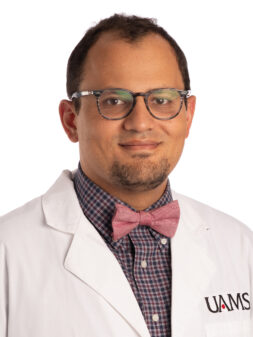Extramedullary disease (EMD) occurs when myeloma cells form tumors outside the bone marrow in the soft tissues or organs of the body.
While myeloma resides mainly within the bone marrow, EMD can be present at the time of initial diagnosis or at the time of disease relapse following treatment-induced remission.
Key Statistics and Risk Factors
The prevalence of EMD in myeloma patients has been reported at 7 to 15 percent in newly diagnosed patients and from 6 to 20 percent in relapsed patients.
Signs and Symptoms
Symptoms of EMD vary, depending on the location and size of the tumor(s), but are not common. Some patients may experience pain, fever, night sweats or weight loss.
Diagnosing EMD
EMD may be present at the time of initial diagnosis as evidenced on baseline imaging studies such as positron emission tomography (PET) or magnetic resonance imaging (MRI). Or, it can develop at the time of disease relapse, when it is commonly found in the liver, lungs and lymph nodes.
EMD is diagnosed when a biopsy of the suspected area reveals the presence of malignant plasma cells.
Treatment
Myeloma relapse or disease progression resulting in EMD occurs in a variety of clinical circumstances and therefore requires individualized treatment. Multiple myeloma patients who develop EMD are usually treated with the same therapies used to treat myeloma that is found only in the bone marrow:
- Chemotherapy agents, such as cisplatin, adriamycin, and cyclophosphamide
- Proteosome inhibitors, such as Velcade® (bortezomib)
- Immunomodulatory agents, such as Revlimid® (lenalidomide) and thalidomide
- High-dose chemotherapy with stem cell transplantation
- Kyprolis® (carfilzomib) and Imnovid® (pomalidomide) for those whose disease isrefractory to Velcade and Revlimid
- Other novel agents
Prognosis
Research has shown that myeloma patients with extramedullary disease have a poorer prognosis than those without. However, when taking survival statistics into account, patients should remember that these rates are rough estimates. Patients with plasma cell leukemia secondary to myeloma should consult with their doctors about their specific situation and prognosis.
Future
EMD is a poor prognostic marker in both newly diagnosed and relapsed myeloma patients and, therefore, is a therapeutic challenge even with the use of novel agents. Researchers are investigating the frequency of EMD in relapsing myeloma when novel agents are employed and whether combination of agents might be beneficial. A better understanding of how myeloma cells grow and thrive, as well as the biology of extramedullary tumors, is needed in order to develop better strategies for the treatment of EMD.
Scientific research is continuously evolving, leading to discovery of new treatments and improvements to current treatments. Therefore, it is important that patients consult with their physicians about updates in treatment regimens.







